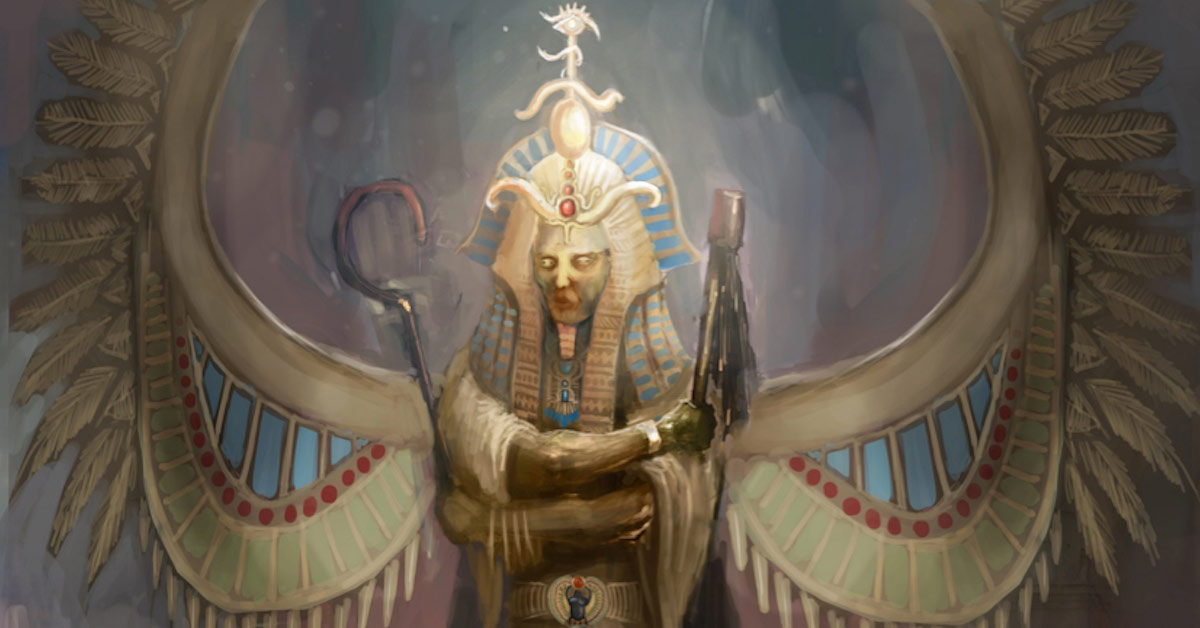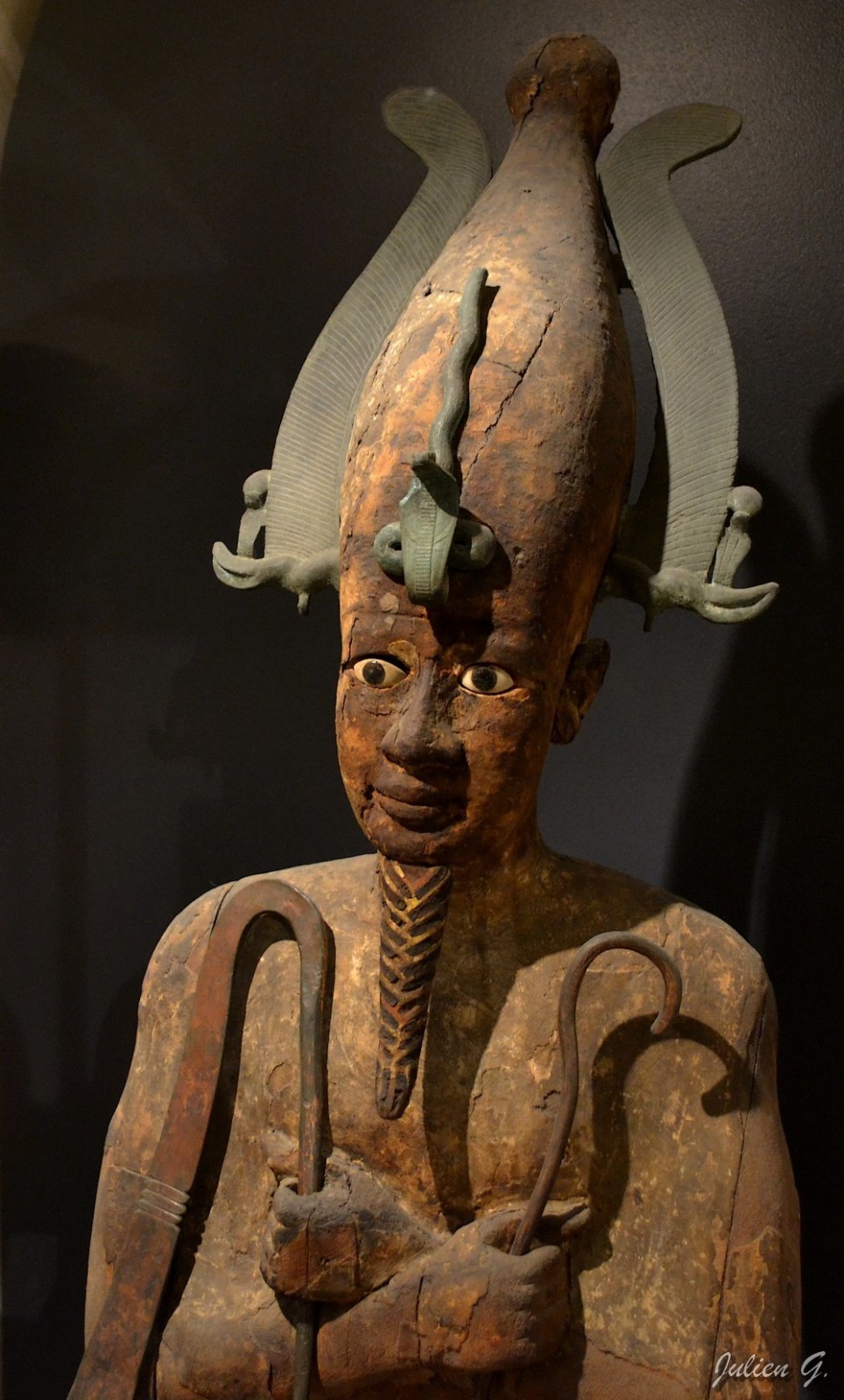

In a popular myth, Isis poisoned Ra with a snake, and would only heal him if he revealed his true name to her.

By Amice M.Calverley, Alan Gardiner, 1935 –, CC BY-SA 3.0, Facts About Osiris His cult continued in Philae, an island in the Upper Nile, until the time of Emperor Justinian I (527 to 565). This means that he was almost constantly worshiped across Egypt until the rise of Christianity during the time of the Roman Empire. They included Wepwawet, Sahu, Banebdjed, and Anhur. Osiris absorbed and became associated with many other deities over time. In the Early Dynastic period, the center of Osiris’ worship was in Abydos, where his head is said to be buried.ĭuring Akhet, the first season of the ancient Egyptian calendar, festivals were held across Egypt to celebrate Osiris’ life, death, and rebirth. This fact is illustrated in many portrayals where he wears a kind smile on his face. Instead of being feared in his role as the god of death, he was associated with resurrection and regeneration, and his presence in the underworld was viewed as comforting. Osiris’ prominence was evident in the fact that he was often simply referred to as “god.” He was viewed as an equal and sometimes even superior to Ra, the sun god.Īfter his death, Osiris became the king of the underworld. This myth is linked to his role of presiding over death and resurrection, processes which are compared to the cycles of growth and decay experienced in nature. He allegedly persuaded the Egyptians to end cannibalism (though there is no evidence that they were ever cannibals). In Egyptian mythology, Osiris was originally the founder of agriculture. The crook symbolizes his role as a shepherd god. He usually has a beard like those of the pharaohs and carried a crook and flail. On his head is often the Atef crown, a headdress with two feathers on either side and a disc at the top. Mostly depicted as a partially mummified pharaoh, Osiris’ complexion is commonly green (representing rebirth), but sometimes black (representing the fertile floodplain of the Nile River). He comes back to life just long enough for Isis to become pregnant with Horus the Younger. Nephthys and Anubis help her put the body back together but have to make him a new penis from gold. A grieving Isis searches for and finds all the pieces except his penis. Different versions are told, but it generally describes how he is killed by his jealous brother Set and his body then scattered in pieces over Egypt. The most famous myth about Osiris is also a central one in ancient Egyptian religion.

He is brother to Set, Horus the Elder, Isis, and Nephthys, and father to Horus the Younger (with Isis) and Anubis (with Nephthys). FamilyĪs the oldest son of Geb, the earth god, and Nut, the sky goddess, Osiris features in many stories and myths documented in ancient religious texts. Other names or epithets he went by, include “Lord of Eternity”, “Great God” and “Foremost of the Westerners”. Osiris (the Greek form of his name) was known as Asir in ancient Egypt. He is also a prominent god of the Heliopolitan Ennead. He took on many roles, names and forms in ancient Egyptian mythology over time. Osiris is the Egyptian god of life, death and resurrection.


 0 kommentar(er)
0 kommentar(er)
